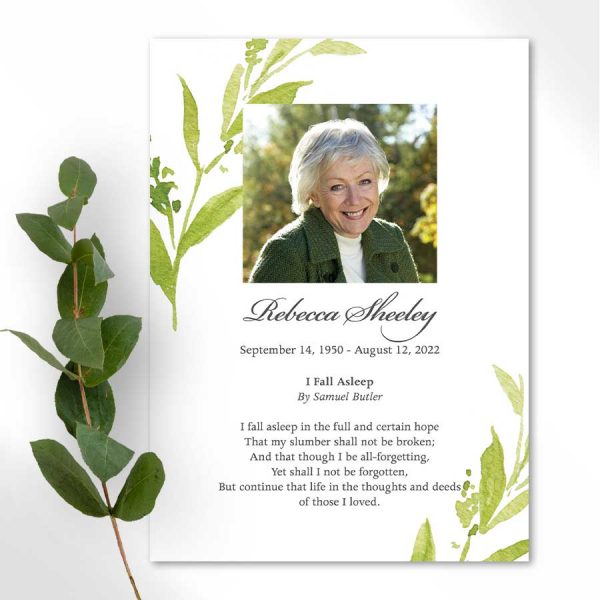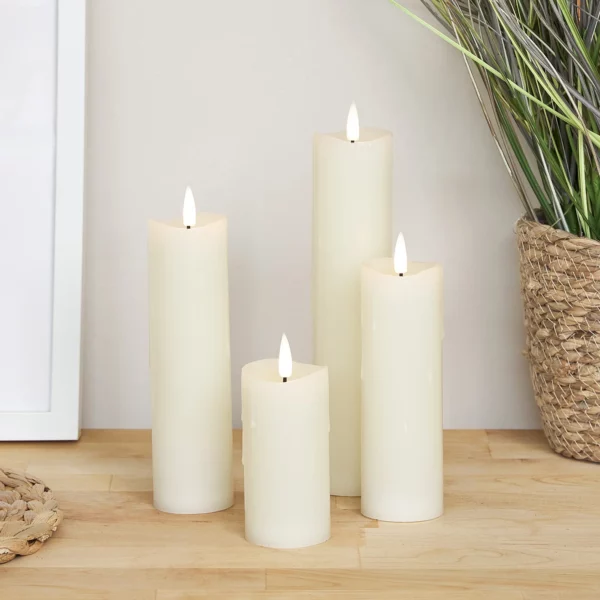
When are Memorial Cards the Right Choice?
When a loved one passes away, it’s natural to want to make symbolic acts in order to remember them. These acts aren’t designed to be practical, although some of them might be – they’re whatever feels right in a given situation. Creating and giving out memorial cards is one of those symbolic acts, one that achieves memorial in a way that is both artistic and practical. But when are memorial cards the right choice?

What are memorial cards?
Memorial cards are small cards that are given to people to help them remember a passed loved one. They’re generally made to last, and as a result, they’re best made from thicker card. People frequently keep them on their person, often in a purse or wallet, so it’s important that they’re durable. They can be a single side, but more often, they fold in two.
What memorial cards contain is a personal decision. However, they all have some general commonalities. They’ll normally contain a photo of the individual, often a portrait of some sort. They’ll also often have their date of birth, and a short piece of writing. This could be a poem, verse, or quote – anything that’s personal and appropriate for the person in question.
What do they look like?
In terms of sizing, memorial cards are often around 7x10cm when closed, and 14x10cm when opened up. This size is common because it tends to fit well in wallets, while at the same time being big enough to fit a nice picture and some kind words.
They’re often printed on thick, stiff card to ensure that they’ll last a long time. It’s also possible to have them laminated in some cases. While it’s possible to make them at home, people tend to go with professional providers such as Island Memorial Cards; memorial cards are special, and it’s important that they’re well made. Domestic printers generally can’t print on thick card, and will rarely provide the desired effect.
Remembrance has many different forms
There’s not really a right or wrong time to decide to make a memorial card. They’re deeply personal, and as a result, the process that each person and family goes through to create them will be different.
As memorial cards are intended to be more permanent items, however, they’re typically made and given out after there has been some time to grieve. It’s common to make and give out the cards around a year after the person has passed away; like this, the process of creating the card, and receiving it, can be less painful, hopefully provoking fond memories.
Who should receive them?
Again, who receives memorial cards is a personal decision. What can be nice is for the family to make the decision together, going through a list of people who might really appreciate having the card. Some families end up choosing a tight circle of only their closest friends and family, while others send them to many more people. There’s no right or wrong answer to this question, it’s truly a personal decision.














































